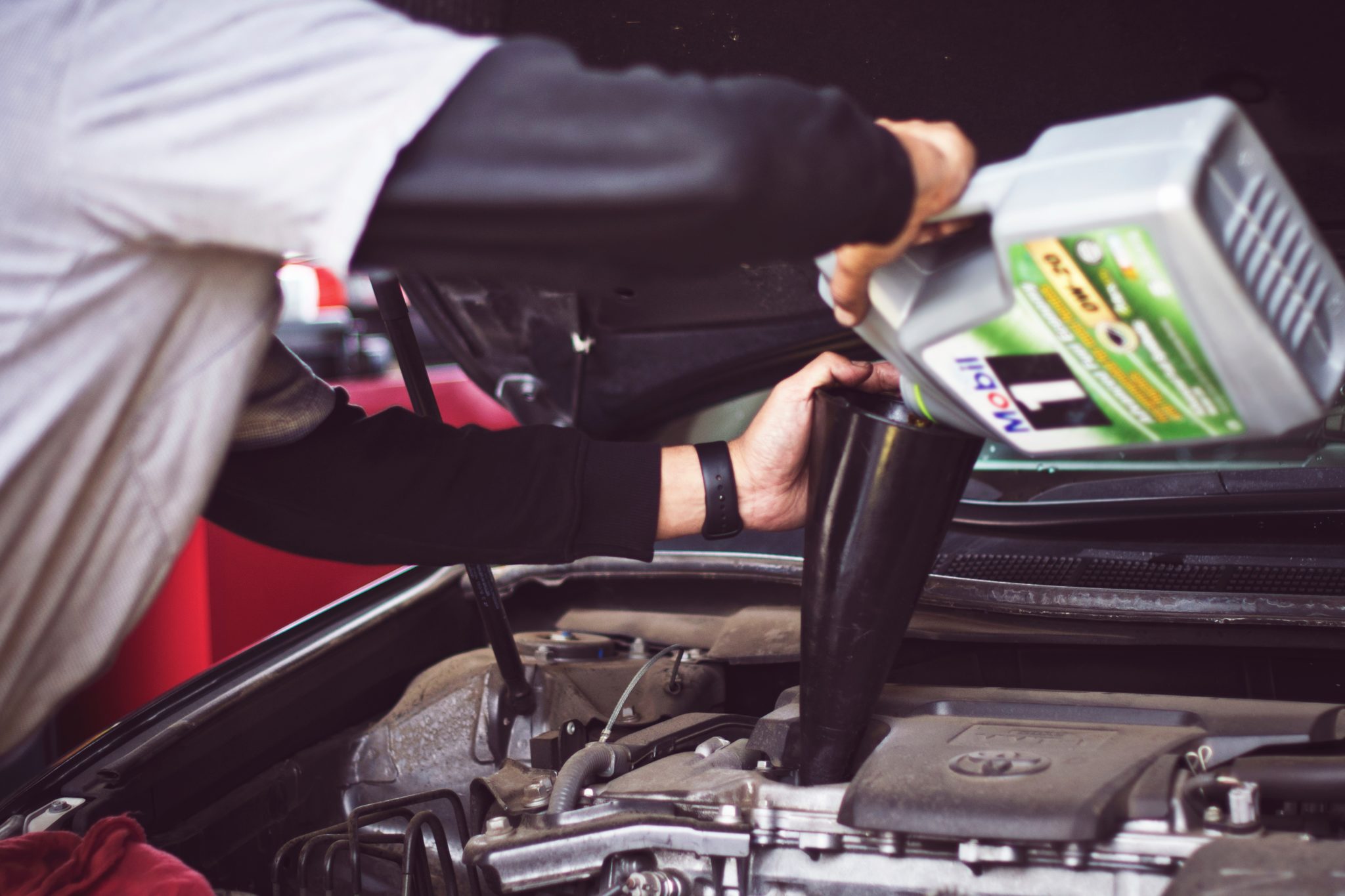
Everyone knows that a regular oil check is essential to a top performing drive. But have you ever taken the time to sit back and wonder why? Marshall is here to answer all your questions. Read on to find out why keeping your oil levels topped up is key to keeping your car running smoothly, and learn how to perform an oil check properly!
Table of Contents
What does oil do for my car’s engine routine?
Oil checks keep your engine (and therefore your car) in peak condition. A more efficient engine decreases fuel consumption and keeps everything running in tip top condition. Think of oil to your car as water is to your body. It’s a vital element to staying healthy and without it, we really start to lag! Over a period of time, corrosion and dirt can cause a massive decrease in your engines longevity. Oil reduces this by helping to stop friction, lubricating the internal moving parts of the engine, keeping them running smoothly and preventing them from wearing too quickly. Oil also prevents the engine from overheating and keeps it clean by preventing dirt buildup.
How Frequently Should I Check my Oil?
Checking your oil level is a quick and easy job and is the first step to making sure your oil is at the required level and uncontaminated. You can perform an oil check as often as you like, but doing so at least once a month is highly recommended. Another great way to make sure you check your oil level is to do it every second time you fill up with petrol. Make performing an oil check a regular part of your routine and you’l be surprised how much your engine will thank you.
How Do I Perform an Oil Check?
Before checking your oil level, make sure to consult the owners’ manual. See if there’s anything deviating from tradition in the automakers recommendations and locate all the necessary parts. Some cars have electronic oil monitors without dipsticks for manual inspection.
Make sure your car is parked on level ground. Hover a hand over the engine to see if it’s cooled down enough for you not to burn yourself on a hot engine part. (Keep in mind that with some cars, it’s recommended to perform an oil check after the engine has been warmed up. Consult your manual for specifications).
Ensure the engine is turned off, and open the car’s hood. Locate the dipstick – the long rod that goes deep to check the oil level. It normally has an orange or yellow and yellow handle. If you’re struggling to locate it, consult the owners manual.
Pull the dipstick out of the engine, and wipe the oil off the end with a paper towel or rag before pushing it all the way back into it’s tube.
When you pull it back out check both sides to see where the oil level comes to. Each dipstick has a way of indicating the proper oil level. Common forms of this include the letters L and H (low and high). Min and MAX, two pinholes or an area of crosshatching. The best level of oil is to be right in-between the two marks or within the crosshatched area. IF the oil is below the minimum mark, you’re car is running dangerously low. You also need to check the quality of the oil’s colour. If it’s anything other than brown or black you may have a problem. Light, or milky in appearance means that coolant could be leaking into the engine. Metal particles could also mean there is internal engine damage. You may need to call in an expert for further diagnoses.
If everything is looking good, wipe the dipstick off with your rag and insert it back into it’s tube, making sure it’s firmly situated. Close the hood and breath a sigh of relief. You’re car is good to go.
How do I fill up with oil?
You can find oil at any service station, auto-parts store and even at your local supermarket. Before you purchase make sure to check the owners’ manual for the recommended grade of oil, such as 0W-20 or 5W-30.
Located on top of the engine is the oil filter cap. Remove this and add a little bit of oil at a time. Overfilling is bad for your engine – so make sure you have patience and get the level just right! If you need extra help use a funnel to avoid spills. Once you’ve entered a little less than a litre of oil, wait a minute and perform the oil check again. If the level is still below or near the minimum mark, add the rest of the litre. Unless your engine is leaking , or if it’s been a long time since you’ve checked your oil level, you will rarely need to add more. However, if the level is still below the midway line after adding the entire thing, go very slowly and add more oil, checking as you go . Screw the oil filler cap back on securely. Close the hood and give yourself a pat on the back. You’re an adult now.
Remember if you find yourself in a sticky situation on the way to your next adventure, call Marshall Batteries for roadside assistance, a jump start, a new battery or even a fuel top up! Call us on 1300 627 742 or see more at www.marshallbatteries.com.au.

